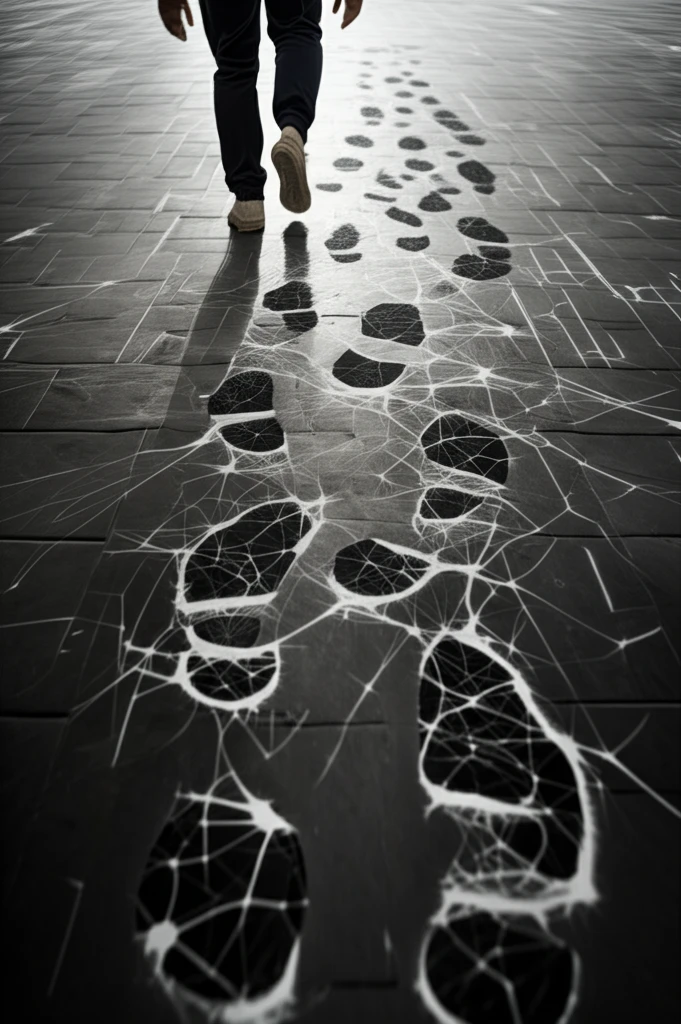
Decoding Gait: How AI-Powered Shoe Sensors Could Predict Neurodegenerative Diseases
"New research explores using force-sensitive resistors in shoes, coupled with AI, to detect early signs of Parkinson's, Huntington's, and ALS diseases through gait analysis."
Everyday activities like walking, shopping, and simply moving around are often taken for granted. However, for individuals suffering from neurodegenerative diseases (NDDs) such as Parkinson's Disease (PD), Huntington's Disease (HD), and Amyotrophic Lateral Sclerosis (ALS), these simple actions can become significant challenges. These diseases often affect motor neurons, leading to changes in gait, or walking patterns.
Traditionally, clinical gait analysis, as described by Baker et al., involves recording biomechanical movements during walking to assess a patient's condition. This method allows clinicians to identify deviations from normal patterns and adjust treatment plans accordingly. However, new technologies offer the potential for more continuous and unobtrusive monitoring of gait.
One promising technology involves the use of force-sensitive resistors (FSRs). These sensors can be placed in shoes to measure the force and pressure exerted between the foot and the shoe during walking, providing detailed information about gait dynamics. Coupled with artificial intelligence (AI), this data can be analyzed to detect subtle changes in gait patterns that may indicate the presence or progression of neurodegenerative diseases.
How Do Force-Sensitive Resistors Work in Gait Analysis?

Force-sensitive resistors (FSRs) are sensors that change their resistance in response to applied force. When placed in the insole of a shoe, these sensors measure the pressure distribution across the foot during different phases of the gait cycle. As force is applied to the sensor, its resistance decreases, and this change is converted into a voltage signal that can be recorded and analyzed.
- Stance Interval: The time when the foot is in contact with the ground, from heel strike to toe-off.
- Swing Interval: The time when the foot is not touching the ground, as it moves forward for the next step.
- Double Support: The period when both feet are simultaneously in contact with the ground.
The Future of Gait Analysis and Neurodegenerative Disease Prediction
The research outlined in this paper demonstrates the potential of using force-sensitive resistors and AI to predict neurodegenerative diseases based on gait analysis. While the current study shows promising results, there are several avenues for future research. These include incorporating data from multiple sensors, increasing the size and diversity of patient datasets, and refining the AI algorithms used for classification. As technology advances, wearable sensors and AI-powered analysis could play an increasingly important role in early disease detection and management, ultimately improving the lives of individuals affected by these debilitating conditions.
